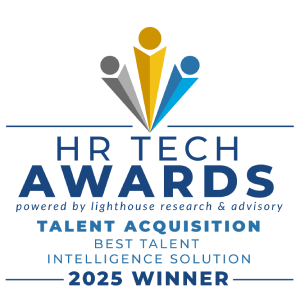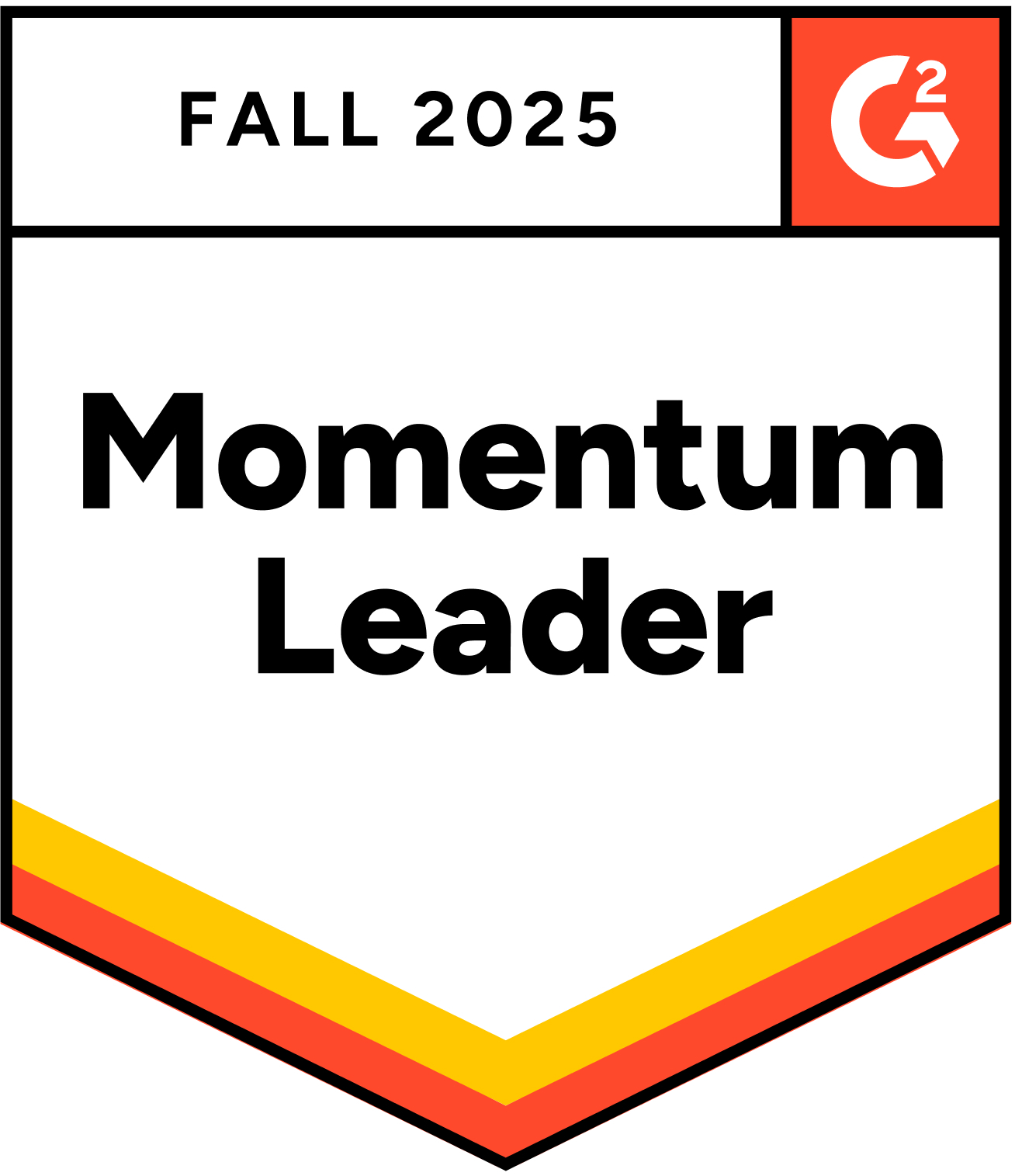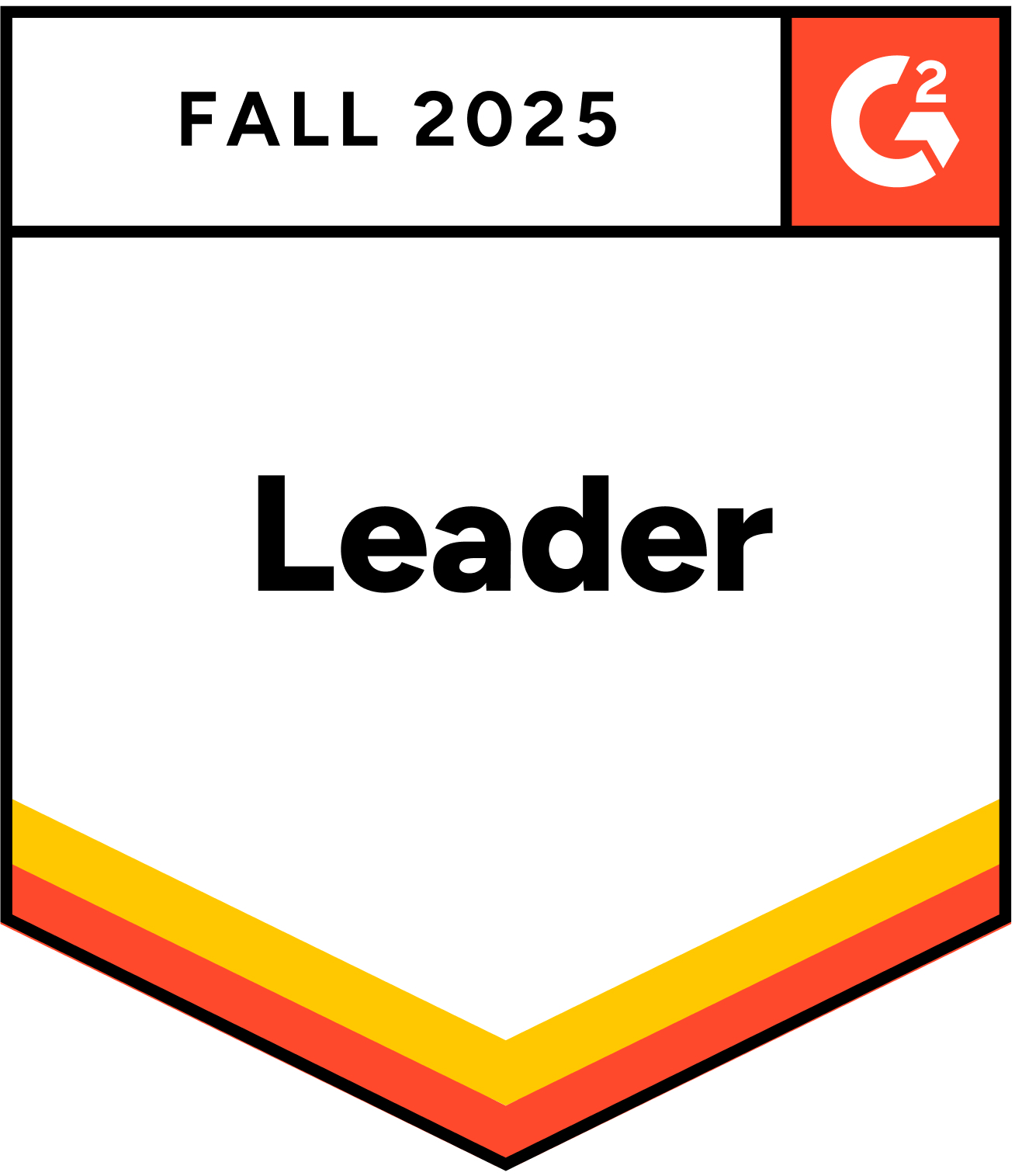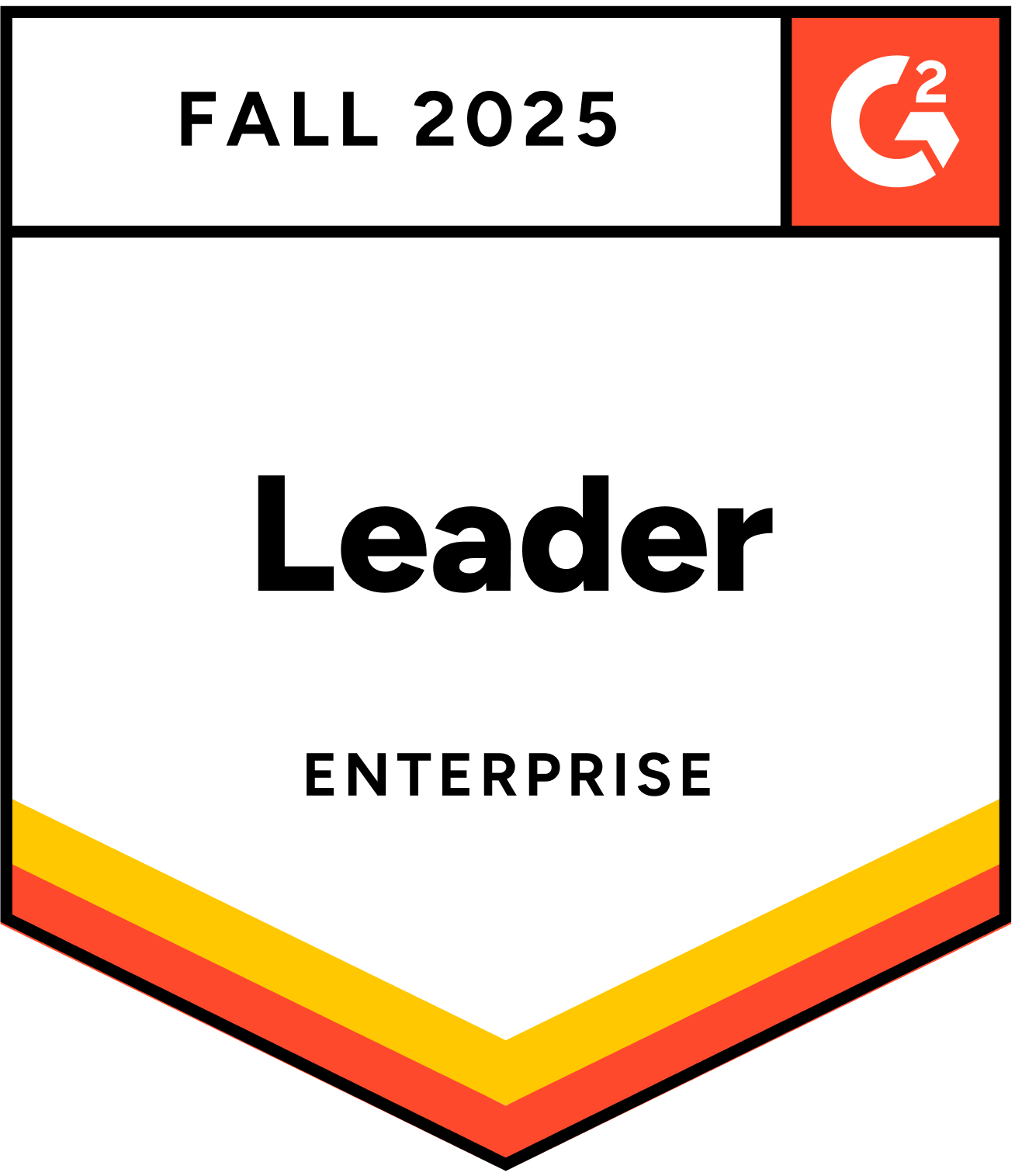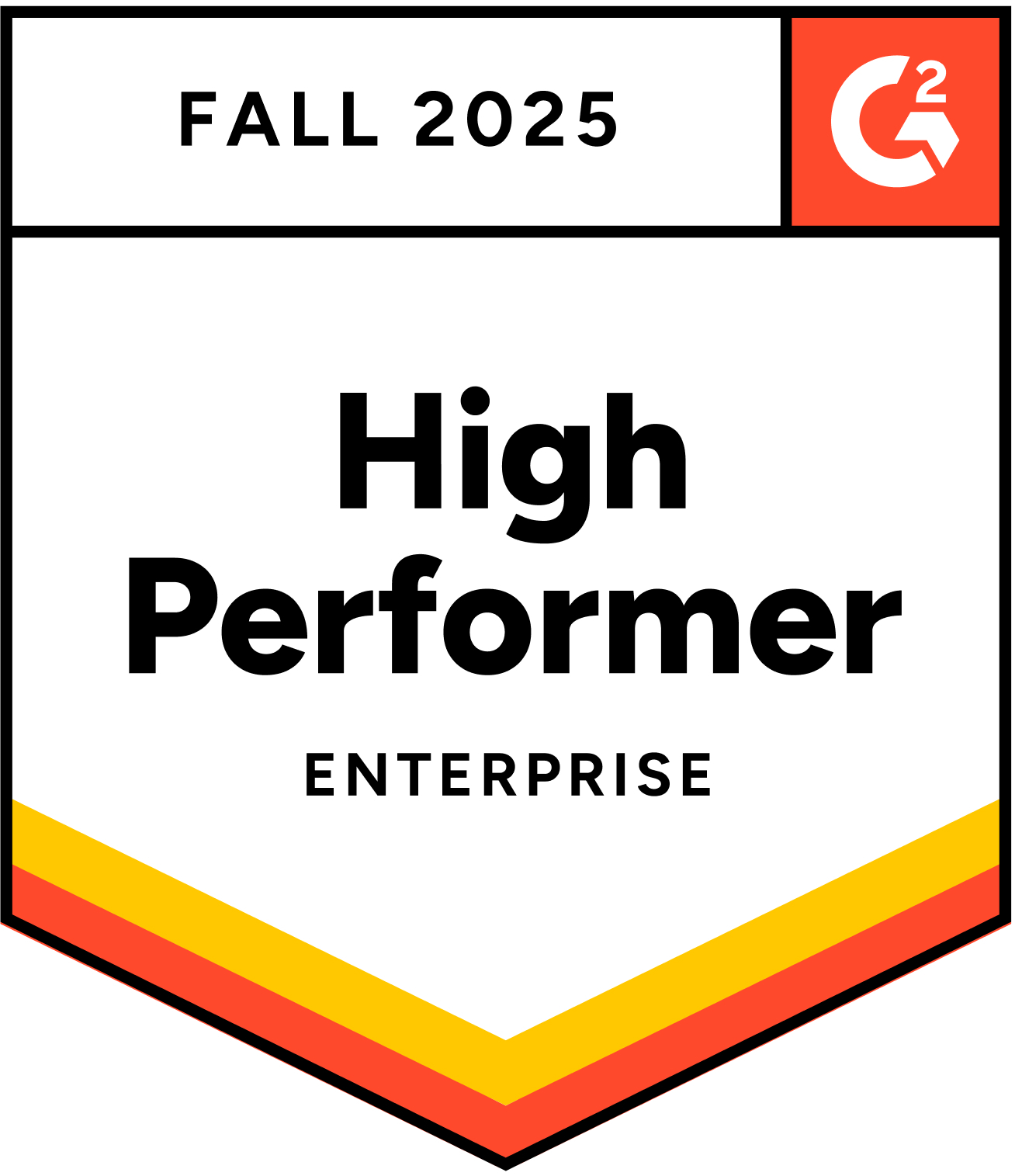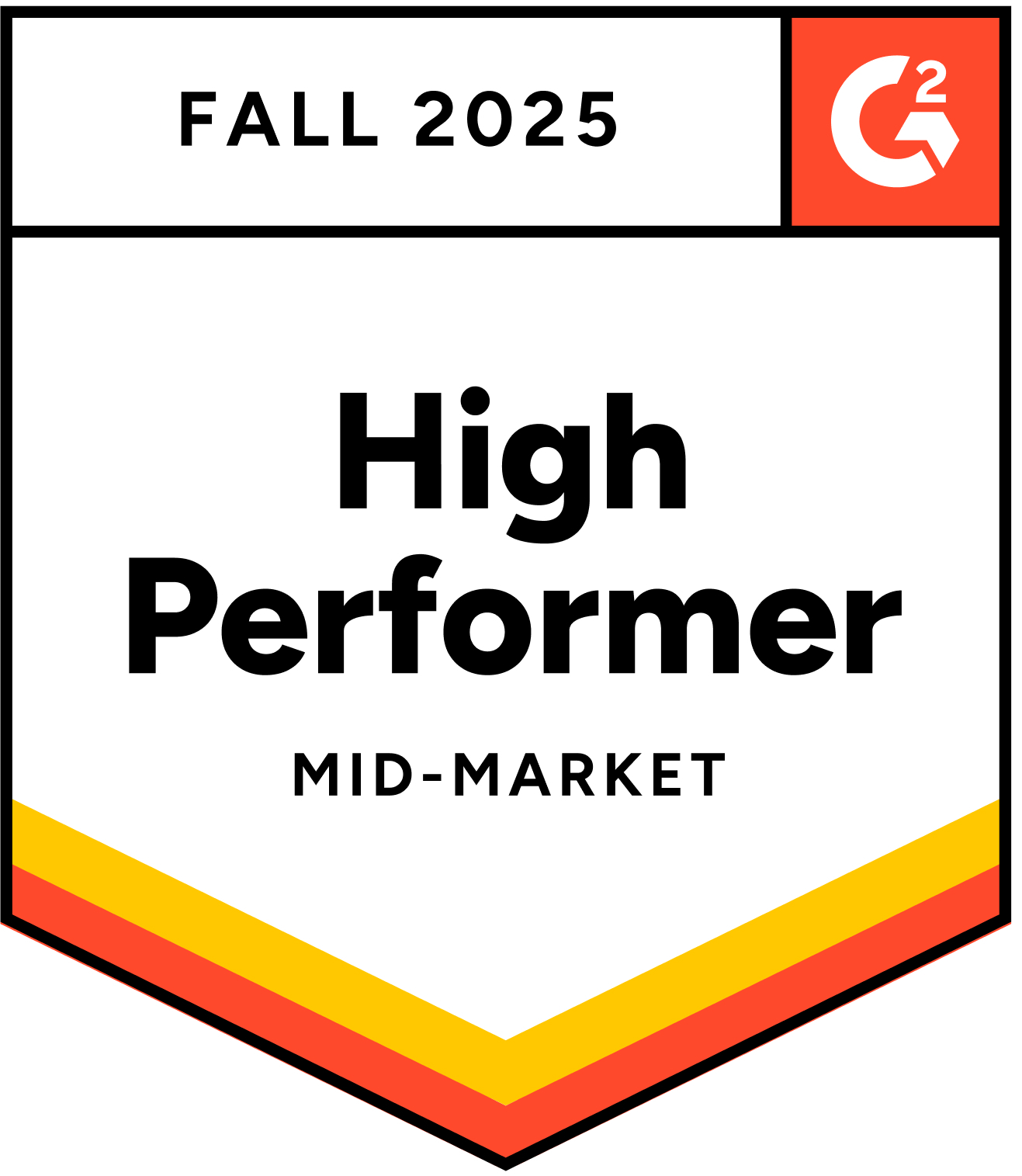The American workforce is more diverse than ever. Does your recruiting process reflect today’s reality? Read on to learn six steps toward more successful, more inclusive sourcing.
By the numbers: Today’s U.S. workforce
First, let’s level-set on the current state of workforce diversity. According to the U.S. Bureau of Labor Statistics (BLS), the American workforce is more diverse and older than ever in recent decades. Long-term BLS data shows that the non-white share of U.S. workers increased to 22.3% in 2019 (the most recent data available) from 11.7% in 1979, while the fraction of Hispanic or Latino workers rose from 5% to 18%. Meanwhile, the 55- to 64-year-old age group’s share increased by 5.5 percentage points to 17.2%; 6.6% of the nation’s workforce is aged 65 or older.
However, because federal economic and employment data does not track sexual orientation, gender identity, or gender expression, it’s unclear what percentage of the labor force identifies as LGBTQ+ or how it has shifted. But research by the Williams Institute at UCLA School of Law provides clues. It found that an increasing number of individuals—4.5%—identify as LGBTQ+, with 56% of LGBTQ+ adults identifying as such under age 35.
The Great Resignation intensifies

One thing is for sure: in the era of “The Great Resignation,” hiring is more challenging than ever. According to The New York Times, “An estimated 25 million people left their jobs in the second half of 2021; it’s all but certain that this is the highest U.S. quit rate since the Bureau of Labor Statistics began tracking those numbers in 2000.”
Competition for workers is fierce. February 2022 U.S. employment numbers showed remarkable job growth (467,000 jobs added) in January and an unemployment rate of 4%. It’s a complex hiring environment overall; the Times notes that “millions of [workers] have simply left the workforce—because they’re sick, or taking care of children, or retiring, or just plain miserable.”
Why diversity matters
In a tight labor market, competing for scarce resources while striving to achieve diversity hiring goals is challenging. But it is worth it. According to Forbes, “Diversity gives you access to a greater range of talent, not just the talent that belongs to a particular world-view or ethnicity or some other restricting definition. It helps provide insight into the needs and motivations of all of your client or customer base, rather than just a small part of it.”
Diversity is also simply good for business. Researchers at McKinsey found:
We know intuitively that diversity matters. It’s also increasingly clear that it makes sense in purely business terms. Our latest research finds that companies in the top quartile for gender or racial and ethnic diversity are more likely to have financial returns above their national industry medians. Companies in the bottom quartile in these dimensions are statistically less likely to achieve above-average returns. And diversity is probably a competitive differentiator that shifts market share toward more diverse companies over time.
Altogether, these figures and trends spell out a clear mandate for companies to source a diverse group of candidates as efficiently and effectively as possible. Why is it so hard? The answer exists in one word: bias.
From vision and objectives, to understanding underrepresented job seekers, and designing an inclusive approach to hiring, we’ve got you covered.
Looking To Up Your DE&I Game?
How to identify and remove bias
Bias is rampant in our world, including the processes used to hire and, by extension, recruit and source candidates. Harvard Business Review succinctly describes bias as:
Unconscious or implicit bias is the mental process that causes us to act in ways that reinforce stereotypes even when in our conscious mind we would deem that behavior counter to our value system. Closely related to unconscious bias is affinity bias, in which people tend to gravitate towards others who look, act, and think as they do.
Implicit bias is often pervasive in the content of job ads and descriptions, which can alienate many high-quality applicants. For example, ZipRecruiter found that gender-neutral job listings receive up to 42% more responses than their biased counterparts. Where ads are published can also perpetuate bias.
Here are six steps towards reducing bias and hiring a diverse workforce :
1. Set diversity and inclusion goals
Diversity, equity, and inclusion (DE&I) should not just be corporate platitudes. To ensure that DE&I is imbued into the organizational culture, senior management should formulate DE&I goals that go beyond numeric quotas, collaborating with employees to set them. This process can surface out the most valuable insights.
2. Build an inclusive corporate culture

In the workplace, facilitate connections and engage in employee conversations that resonate with the cause. Demonstrate a commitment to diversity in the workplace and encourage employees to advocate the company’s brand.
To understand the concept of inclusion, leaders must also understand marginalization, partial integration, and inclusion.
Bias causes marginalization. ‘Different’ is often equated with ‘inferior,’ resulting in those who are perceived as ‘different’ being segregated or isolated from others, denying them the same degree of involvement. Conversely, inclusion occurs when employees are treated fairly and equally and feel included in decision-making processes.
3. Audit your funnel
You might think you are unbiased, but underlying bias often affects judgment. Audit your funnel and recognize if you are being inclusive and unbiased at each stage of the hiring funnel. If you are using technology for reviewing resumes and screening, know that AI itself can be biased because this technology is dependent on algorithms and data fueled by humans. Simply put, biases in training data lead to biased decisions.
To understand the bias that might influence your decision-making process, you can take Harvard’s Implicit Association Test. It is essential that unconscious biases are recognized and eliminated, decisions are data-driven, and diversity factors significantly into hiring decisions.
4. Remove bias from job titles and descriptions
Analyze your job descriptions and optimize them to eliminate gender and other cultural or racial biases that they might contain. Integrate content optimization services like GetOptimal and Textio that remove unconscious bias and gender-coded language from job ads. This will help drive more high-quality, diverse, and inclusive applications, in addition to improving search engine visibility.
5. Build an Inclusive Employer Brand
Job postings that speak of diversity are not enough; to attract the right candidates, employers must build brands that embrace and celebrate diversity. Social media can be a powerful resource in promoting that brand and sourcing diverse candidates.
6. Diversify your Applicant Sourcing
It is imperative that organizations aiming to reduce biases have a diverse, global, and skilled talent pool. Distributing job listings jobs across niche, diversity, social media, and web properties is a critical first step.
Some general diversity job sites include PowerToFly, DiversityJobs, Diversity Working, and Professional Diversity Network. More specific ones include All Hispanic Jobs, Disability Solutions, Black Career Network, VeteranJobs.net, AARP, Ability Jobs.com, AsianHires.com, The Mom Project, FairyGodBoss, and 70 Million Jobs.
There are dozens of disparate job sites that recruiting teams rely on to meet their diversity and inclusion goals. Teams are responsible for manually identifying, posting jobs on, tracking, and evaluating these job sites’ performance individually, every day, affecting a significant drain on time, energy, and resources.
Artificial intelligence (AI) driven sourcing not only improves recruiter efficiency, but is also imperative in removing human bias and error from hiring. Designed to be the industry’s most effective and inclusive sourcing platform, Joveo’s MOJO reaches candidates of all kinds: African American, Asian, Hispanic, LGBTQ+, women, veterans, and people with disabilities—a significant step toward meeting DEI hiring goals and affirmative action regulations.
Looking to hire a diverse workforce to improve business outcomes? Start improving your organization’s diversity hiring practice with inclusive sourcing and recruiting solutions from Joveo.

